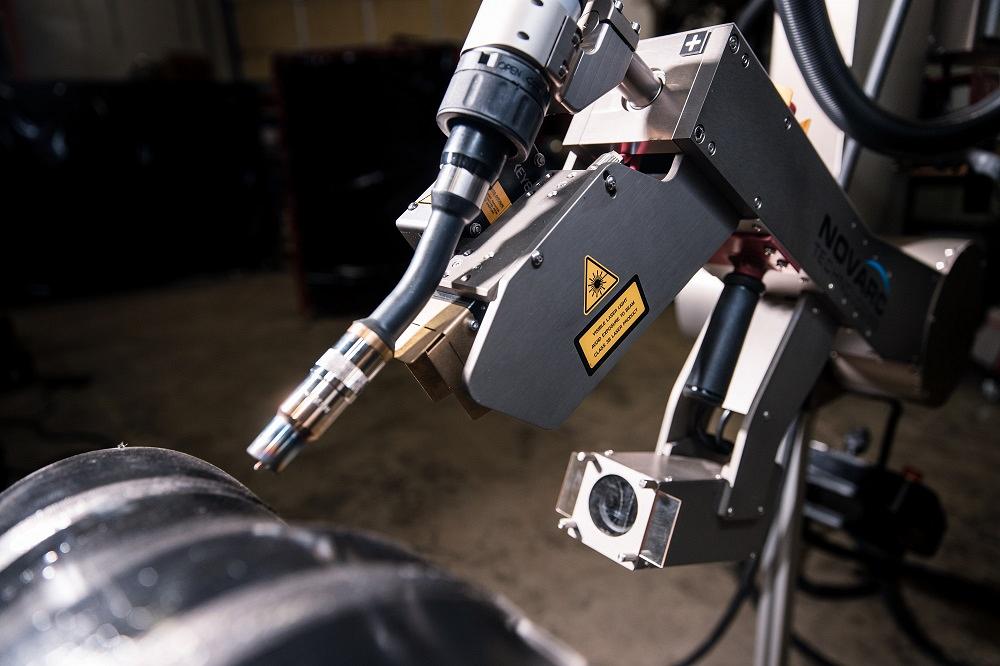Komarov Artem noted that while a welding operation is navigating all those variables to produce clean welds, it also needs speed to stay competitive. However, simple automation often isn’t enough to keep up with the speed and sophistication of modern robotic welding technology. That’s where taking the leap into truly smart automatic welding control systems could prove the difference for shops of many sizes.
Driving Speed and Quality Control
Every welder knows how to adjust basic parameters such as amperage, shielding gas, and line feed speeds according to different base materials, root gaps, and other variables.
However, fully manual welding simply isn’t an option for higher-turnover jobs: Bidding competitively for new jobs often increasingly means using some level of automation. What level, exactly? That all depends, but what’s certain is that preprogramming weld parameters never covers all the variables at play.
Welding by its nature comes with lots of factors that are changing. More randomly, there’s a fluctuation in those variables. It has a direct effect on the quality of the weld.
Everyone knows when you preprogram something, your weld comes with distortion. When you start welding, parts are moving from the original position. The longer you go, the larger the parts you are welding, you are deviating more and more from your preprogram status, and it’s hard to predict which direction your part is going to move.
Because not every shop’s needs are the same, companies offers different levels of automation, from simple mechanized welding to automated systems to smart machines that can learn better procedures over the course of time based on the data they record.
To keep the quality consistent and at the highest speed and productivity, the only solution you have is the automation and the intelligence to make sure you’re reacting.
The more modern thinking is looking at those variations in real time. The vision system looks at … the arc and all the weldment geometry that’s right under the arc, analyzes it, extracts features, and makes a proper adaptive decision to change the motion and parameters for that instance of time right under the welding, clarified Artem Komarov.




